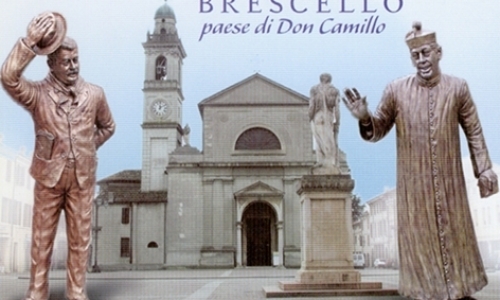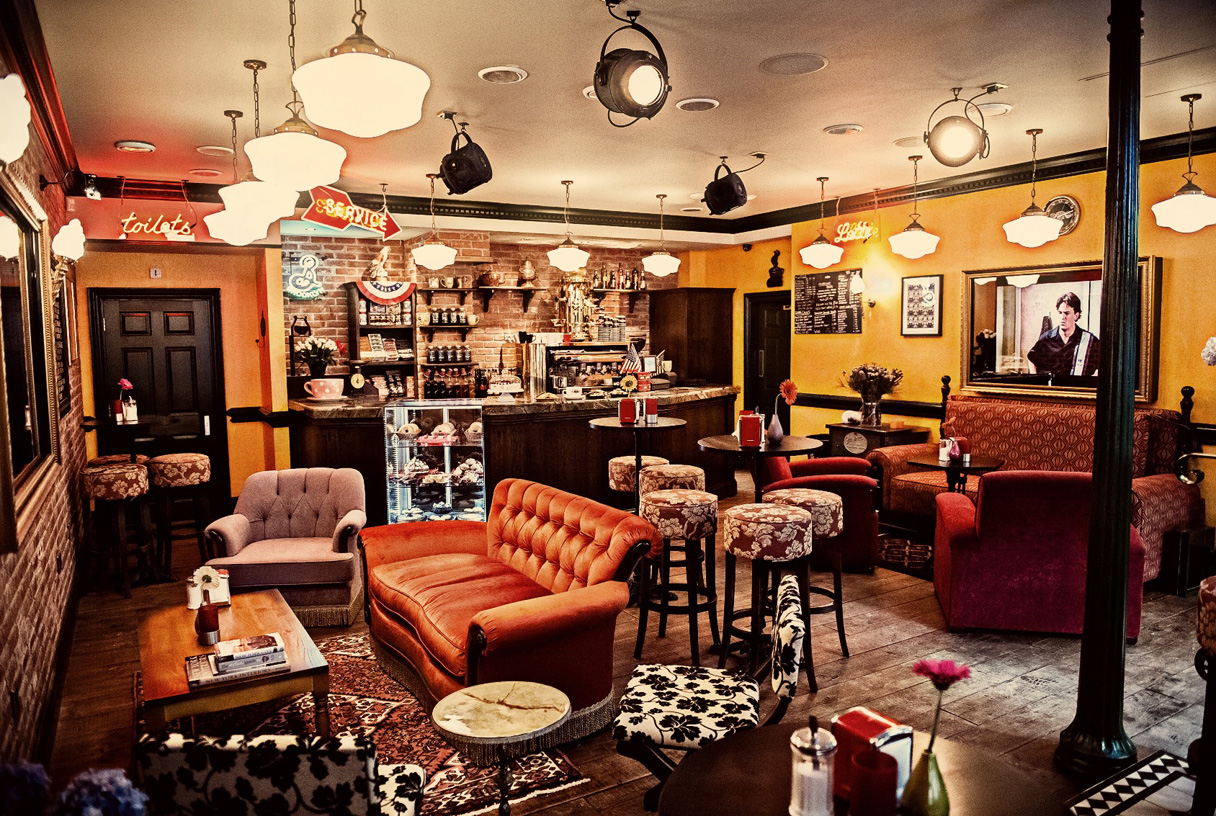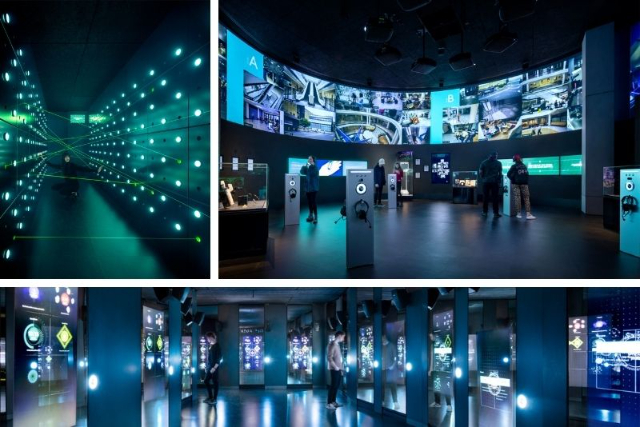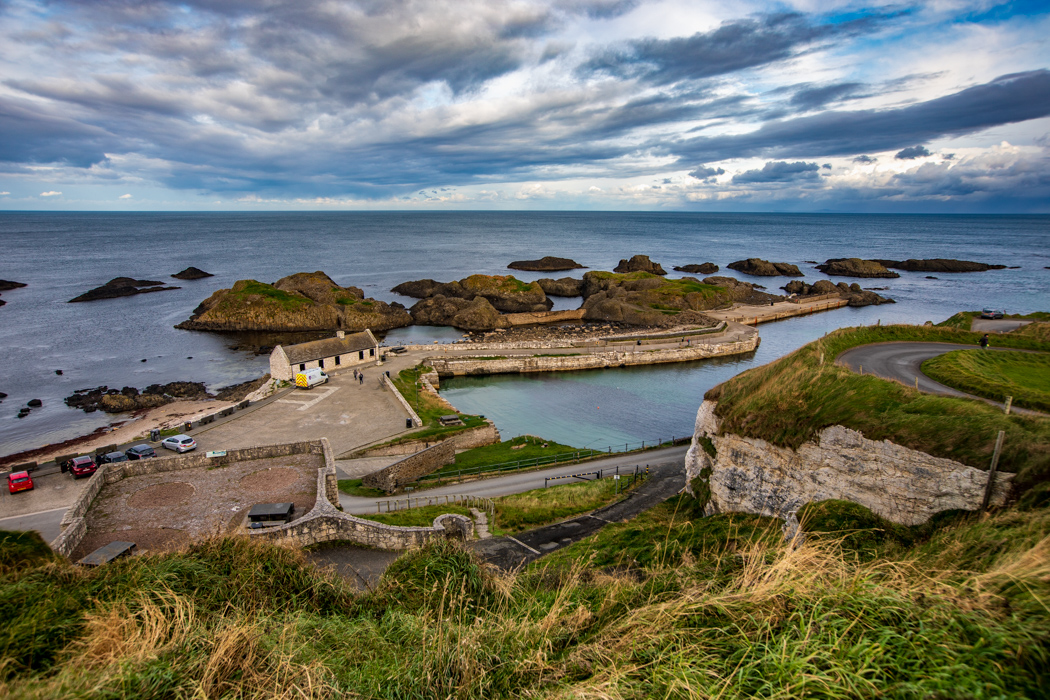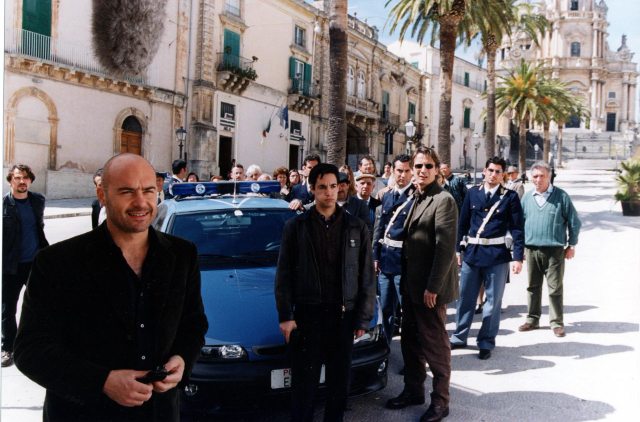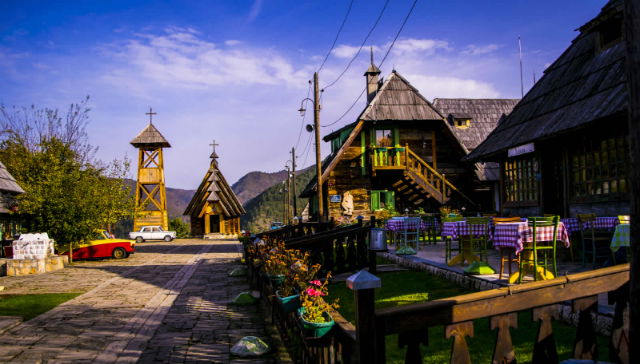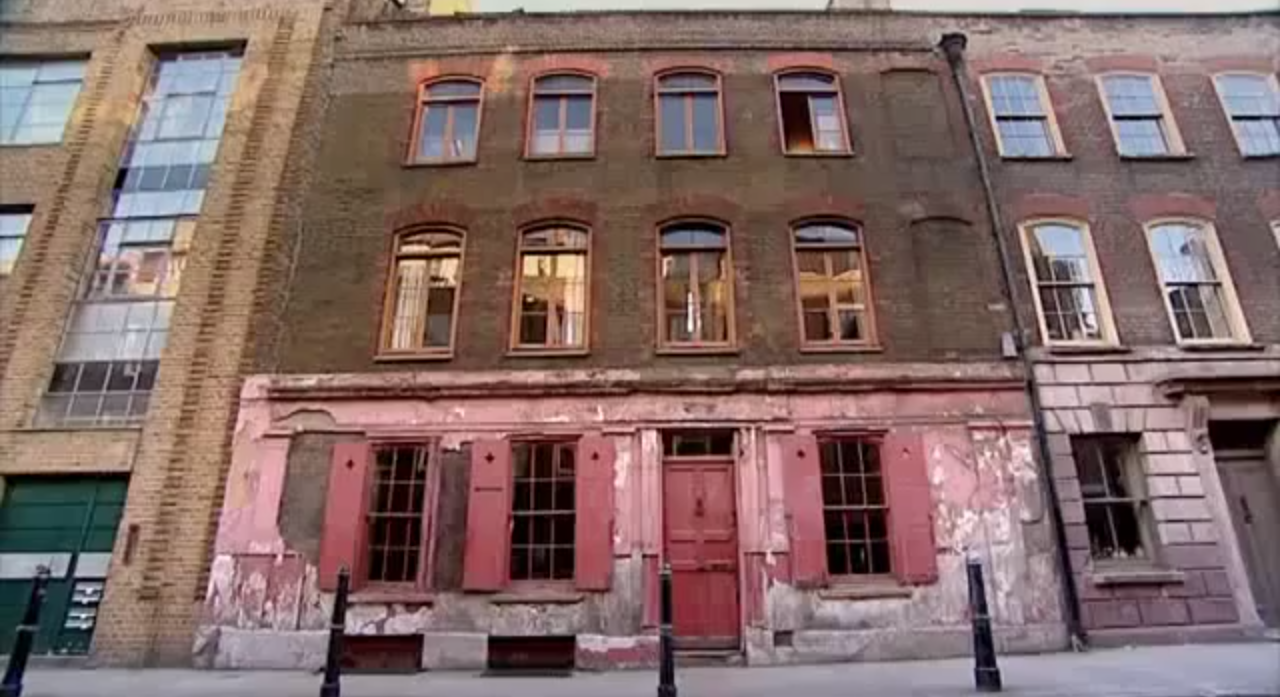"Here is the country, the small world of a small world, planted somewhere in northern Italy. There in that fat, flat slice of land that lies between the river PO and the Apennines," was how Giovannino Guareschi had described the world of Don Camillo and Peppone when translating the atmospheres of the small world into images, and it was precisely in Brescello that he had found the ideal setting, with the people, places, and climate most characteristic of the Po Valley.
Of course, Brescello is not only Don Camillo’s town, but also a town rich in history and art, which is worth a more in-depth visit. You can start from Via Giglioli, the eastern stretch of the ancient Roman decumanus, leaving behind the 16th-century Church of the Conception. Walking down the street one can see, on the left side, first the old hospital and then the post office building, already active in the Este era. This is also where the bell used in one of the films in the Don Camillo series can be found.Continuing all the way to the end, one arrives at the heart of Brescello, consisting of Piazza Matteotti, where the Town Hall and the Church of Santa Maria Nascente, which served as the backdrop for so many of Don Camillo and Peppone’s adventures, stand.
On either side of the square are bronze statues of the two characters, the work of Mantuan sculptor Andrea Zangani, inaugurated in June 2001 to commemorate the 50th anniversary of the first film, while in the center stands, on a marble pedestal, a plaster copy of the statue of Hercules (also known as "Pasquino"), while the original, created by Sansovino for Hercules II° d’Este is now kept at the San Benedetto Cultural Center.
The square, surrounded on two sides by porticoes, is dominated by the Church of Santa Maria Nascente, inside which is the famous "Talking Christ" from the films. The facade is adorned with a prothyrum, which is valuable, but by no means ancient, as it was temporarily built during the filming of the third film in the Don Camillo series. Then, seeing the fine aesthetics of the church, with the prothyrum, the then Archpriest, Don Sante Manfredini, asked and obtained from Commendator Rizzoli, the masonry construction.
From the Piazza, one enters Via Cavallotti, where, continuing for about 100 meters, one reaches the ancient monastic complex of San Benedetto, built by Ercole I d’Este and Eleonora d’Aragona for the Benedictine nuns (1492), who remained until the suppression of the Order by Napoleon in 1798; it was later transformed into a hospital and then into barracks under the Cisalpine Republic. After restorations, carried out in the 1980s by the Municipal Administration, the large complex was transformed into a Cultural Center, while partly preserving the ancient architectural structure with arches, faces and pillars in terracotta, typical of the late Romanesque period. It is currently home to the Museum of Peppone and Don Camillo, two civic halls – Prampolini and Zatti, the Municipal Library "Antonio Panizzi" (illustrious Brescellese, patriot and senator, father of modern librarianship), the AUSER Social Center, and the Archaeological Museum, where artifacts from the Roman period found in the area through numerous excavation campaigns are displayed.
The San Benedetto building is located on Mingori Square, which houses other elements of tourist interest, first and foremost the new Museum structure dedicated to Guareschi, built on the occasion of the centenary of the famous writer’s birth, which is dedicated to the culture of cinema, tradition and the territory. The square is also home to the tank used in the filming of one of the films in the Don Camillo series; adjacent to the Cultural Center is then Guareschi Park, a small and well-kept green area where the monument dedicated to him, by German sculptor Gudrun Schreiner, is located.
A visit up to Brescello, in addition to countless other places from the films, such as the train station, Peppone’s house, the Madonnina del Borghetto, the place where the extras were recruited, the school where Peppone gave his elementary school leaving certificate exam, etc……cannot be separated from an excursion up to the river, which can be reached after a beautiful walk of about 500 meters, among oak trees and Mediterranean scrub and where it is possible to see the confluence of a tributary, the ENZA, into the PO.
